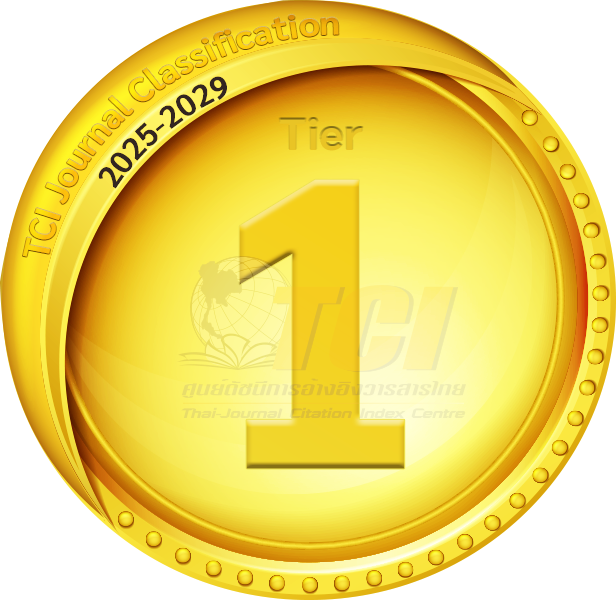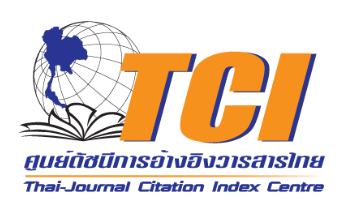Culturally Responsive Solutions for Classroom Silence in Thai EFL Education
DOI:
https://doi.org/10.69650/jcdrhs.2025.938Keywords:
Classroom Silence, Thai EFL, Culturally Responsive Pedagogy, Global Englishes, Student EngagementAbstract
Classroom silence is a persistent phenomenon in Thai English as a Foreign Language (EFL) settings. While silence can reflect respect, contemplation, or attentiveness, it often inhibits active participation, communicative competence, and formative assessment. This conceptual paper examines the roots of obstructive classroom silence in Thai EFL education, identifying contributing factors such as cultural norms (e.g., kreng jai), hierarchical teacher-student dynamics, exam-oriented instruction, and teacher preparedness. Rather than viewing silence as learner deficiency, the paper draws on two complementary frameworks—Culturally Responsive Pedagogy (CRP) and Global Englishes Language Teaching (GELT)—to reframe the issue through a sociocultural and linguistic lens. CRP emphasizes the importance of integrating students’ cultural identities into instruction, while GELT challenges native-speaker norms and promotes inclusive, intelligibility-based communication. By synthesizing current research and pedagogical theory, the paper proposes localized, participatory strategies to reduce obstructive silence and foster student engagement. The article concludes by recommending systemic reforms in assessment, teacher training, and material development, and calls for further empirical research into CRP’s long-term effects in Thai EFL classrooms.
References
Boonmoh, A., & Kulavichian, I. (2023). Exploring Thai EFL Pre-service Teachers’ Technology Integration Based on the SAMR Model. Contemporary Educational Technology, 15(4), ep457. https://doi.org/10.30935/cedtech/13567
Charoensilp, P. (2024). Intercultural Sensitivity as a Factor in Perceived Culturally Responsive Teaching of Teachers in Northern Thailand. rEFLections, 31(1), 90–117. https://doi.org/10.61508/refl.v31i1.271669
Galloway, N., & Rose, H. (2015). Introducing Global Englishes. Abingdon, England: Routledge
Gay, G. (2010). Culturally Responsive Teaching (2nd ed.). New York: Teachers College Press.
Hongboontri, C., Wittaya, I., & Boonyaprakob, K. (2021). Silence in an EFL Classroom: The Interplay of Schwab’s Four Commonplaces. Suranaree Journal of Social Science, 15(1), 131–149. https://doi.org/10.55766/BHCD3404
Huttayavilaiphan, R. (2024). Embracing Global Voices: An Exploration of Thai Teachers’ Attitudes and Practices on Culturally Diverse ELT Materials in a Northern Thai University. Journal of Intercultural Communication, 24(3), 11–23. https://doi.org/10.36923/jicc.v24i3.813
Kacetl, J., & Klímová, B. (2019). Use of Smartphone Applications in English Language Learning—A Challenge for Foreign Language Education. Education Sciences, 9(3), 179. https://doi.org/10.3390/educsci9030179
Ladson-Billings, G. (1995). Toward a Theory of Culturally Relevant Pedagogy. American Educational Research Journal, 32(3), 465–491. https://doi.org/10.3102/00028312032003465
Montakantiwong, A. (2024). Bridging Conceptual Gaps in Global Englishes Language Teaching: Ethnographic Insights from Thai Higher Education. Asian Englishes, 26(2), 391–409. https://doi.org/10.1080/13488678.2023.2251736
Pattapong, K. (2015). Complex Interactions of Factors Underlying Thai EFL Learners’ Willingness to Communicate in English. PASAA, 49(1), 105–136. https://doi.org/10.58837/chula.pasaa.49.1.4
Phetsut, P., & Waemusa, Z. (2022). Effectiveness of Mobile Assisted Language Learning (MALL)-Based Intervention on Developing Thai EFL Learners’ Oral Accuracy. International Journal of Technology in Education, 5(4), 571–585. https://doi.org/10.46328/ijte.271
Reskyani, Adisaturrahimi, A., Mustaqimah, Jufrianto, M., Wulandari, S., Musa, N. A., & Ramdani, A. (2024). Culturally Responsive Teaching in Thai Classroom Settings: A Perspective from Indonesian Educators. Journal of English Language Teaching and Literature, 5(2), 394–407. https://doi.org/10.56185/jelita.v5i2.760
Downloads
Published
How to Cite
Issue
Section
License
Copyright (c) 2025 Journal of Community Development Research (Humanities and Social Sciences)

This work is licensed under a Creative Commons Attribution 4.0 International License.









